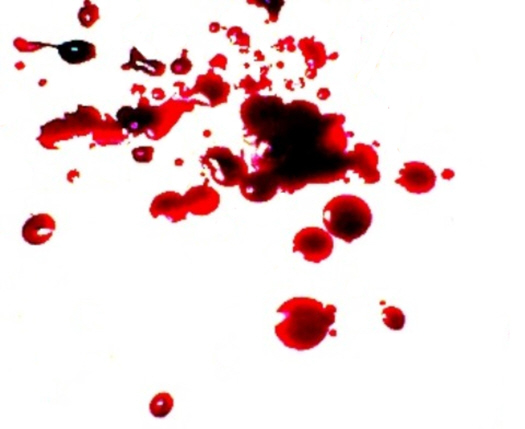

It turns out that the best way to understand the science of how blood splatters is, well, science. With funding from the U.S. Department of Justice, researchers at Iowa State University are turning to physics to reduce uncertainty and guesswork in bloodstain pattern analyses.
Blood stains have the potential to reveal a lot about a crime–the distance blood splattered, the direction it flew in, and something about the nature of the struggle. But existing methods fall short. A 2009 National Research Council report on forensic science expressed frustration with the current state of blood spatter analysis, noting technicians were relying on subjective measures instead of objective ones.
The Iowa State researchers’ solution? Mathematically model blood spatter. To do that, the researchers drop, launch, spray, and splatter horse blood onto white paper, then record the spray with a high-speed camera. From there, they use the physics of fluid dynamics and a computational model to create an understanding of how the blood that traveled landed the way it did.
It isn’t the only effort aimed at improving blood forensics. Previous efforts include using proteins to find hidden bloodstains, reconstructing blood droplet sizes with laser scanning and digital photography, and narrowing the age of the person’s blood by counting white blood cells.
By creating and analyzing their own spatters in the lab, these scientists create a guide and a program that can tell people in the field can use to fill in from one variable the rest of the missing information.